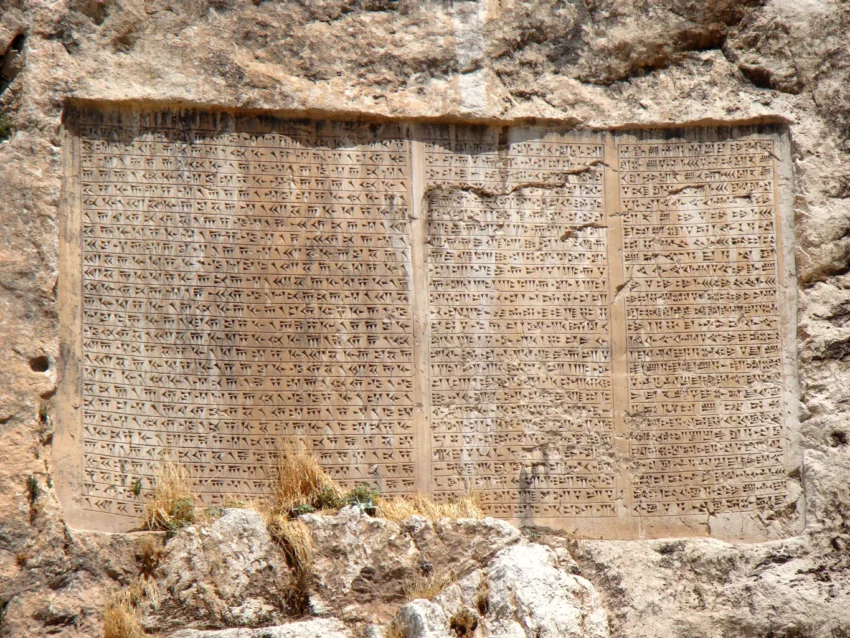The Xerxes I Inscription at Van: A Statement of Power and Legacy
The Xerxes I inscription at Van, also known as the XV Achaemenid royal inscription, is a striking testament to the rule of King Xerxes I. Xerxes, who reigned from 486–465 BC, had this cuneiform inscription carved into a mountain near the Van Fortress, close to modern-day Lake Van in Turkey. This region was once part of the Achaemenid province of Armenia.
Get your dose of History via Email
Carved onto a smoothed rock face roughly 20 meters (70 feet) above the ground, the inscription stands as a bold statement of imperial authority. The niche was originally created by Xerxes’ father, King Darius I, but Darius left the surface blank. Xerxes took it upon himself to complete the task, ensuring his words were forever etched into history.
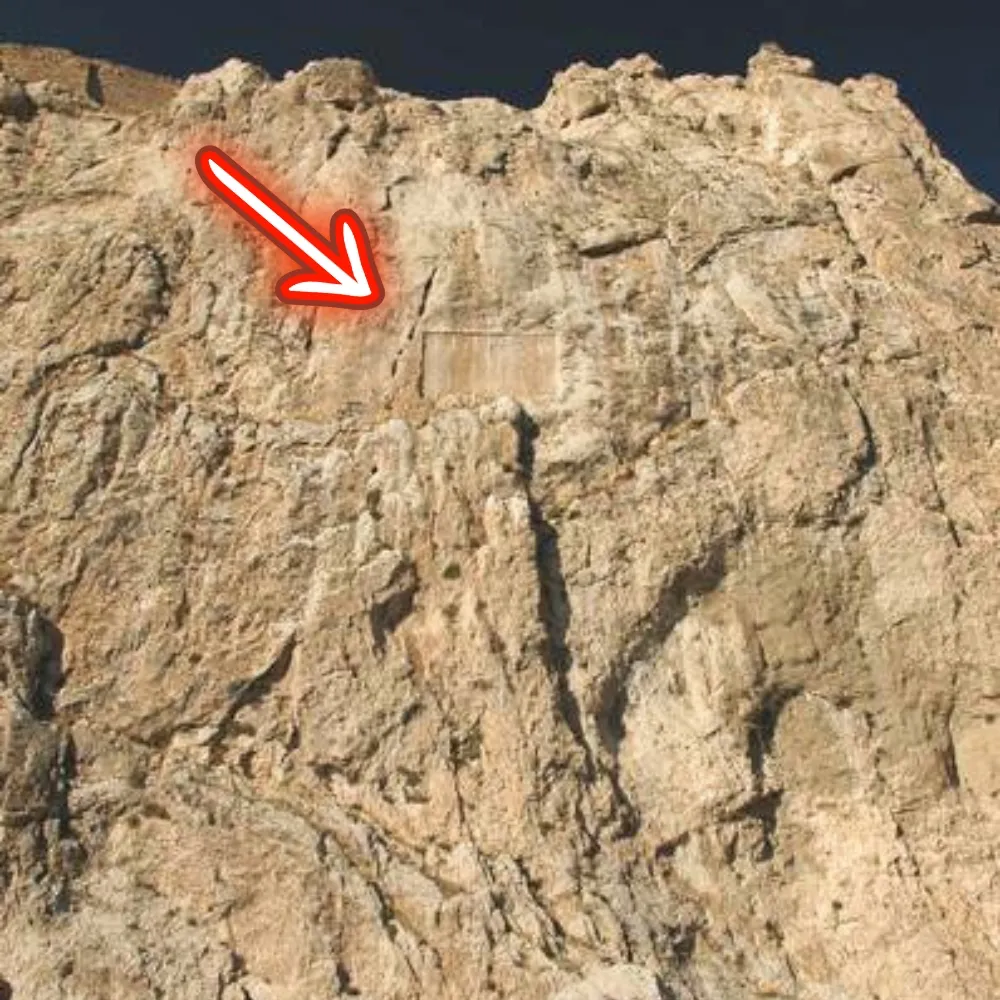
Content of the Inscription
The inscription consists of 27 lines written in three languages: Old Persian, Elamite, and Babylonian. The text is identical in each language and serves as a proclamation of Xerxes’ divinely ordained right to rule.
Here’s an English translation of the inscription:
“A great god is Ahuramazda, the greatest of the gods, who created this earth, who created yonder sky, who created man, created happiness for man, who made Xerxes king, one king of many, one lord of many.
I (am) Xerxes, the great king, king of kings, king of all kinds of people, king on this earth far and wide, the son of Darius the king, the Achaemenid.
Xerxes the great king proclaims: King Darius, my father, by the favor of Ahuramazda, made much that is good, and this niche he ordered to be cut; as he did not have an inscription written, then I ordered that this inscription be written.
Me may Ahuramazda protect, together with the gods, and my kingdom and what I have done.”
The text is simple but profound. Xerxes begins by invoking Ahuramazda, the supreme deity of Zoroastrianism, thereby linking his rule to divine authority. He affirms his legitimacy by noting his descent from Darius, one of the greatest kings of the Achaemenid Empire. Furthermore, by completing the work his father began, Xerxes portrays himself as both a dutiful son and a responsible ruler.
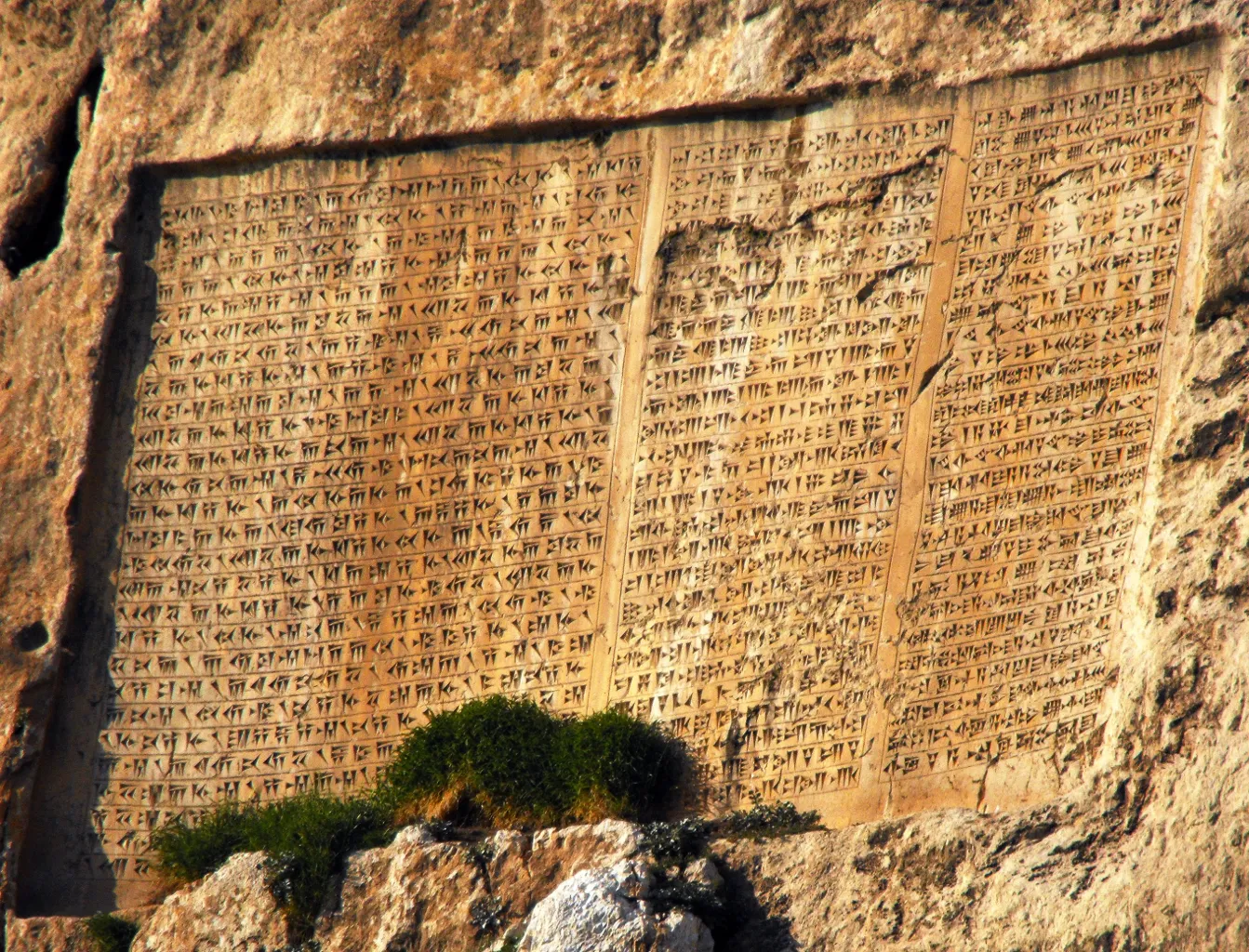
Position and Significance
The location of the inscription is significant, both for its physical placement and its historical context. Perched high on the cliff, the inscription was not meant for casual reading by passersby. Instead, it was a message aimed at those who could understand its meaning or have it read to them.
By invoking Ahuramazda, Xerxes mirrored the religious and political language of his father’s inscriptions, particularly those in Iran. This association with divine favor wasn’t just a personal belief but a political tool. It solidified Xerxes’ right to rule and connected him to the broader religious and cultural traditions of the empire.
The choice to place the inscription in a former Urartian stronghold, near the Van Fortress, also held deeper meaning. Lori Khatchadourian argues that this was a deliberate statement of Achaemenid control over the area. By placing the inscription in a location of former Urartian authority, the Achaemenids were asserting their dominance over the region, transforming it from a center of local power to a symbol of imperial rule.
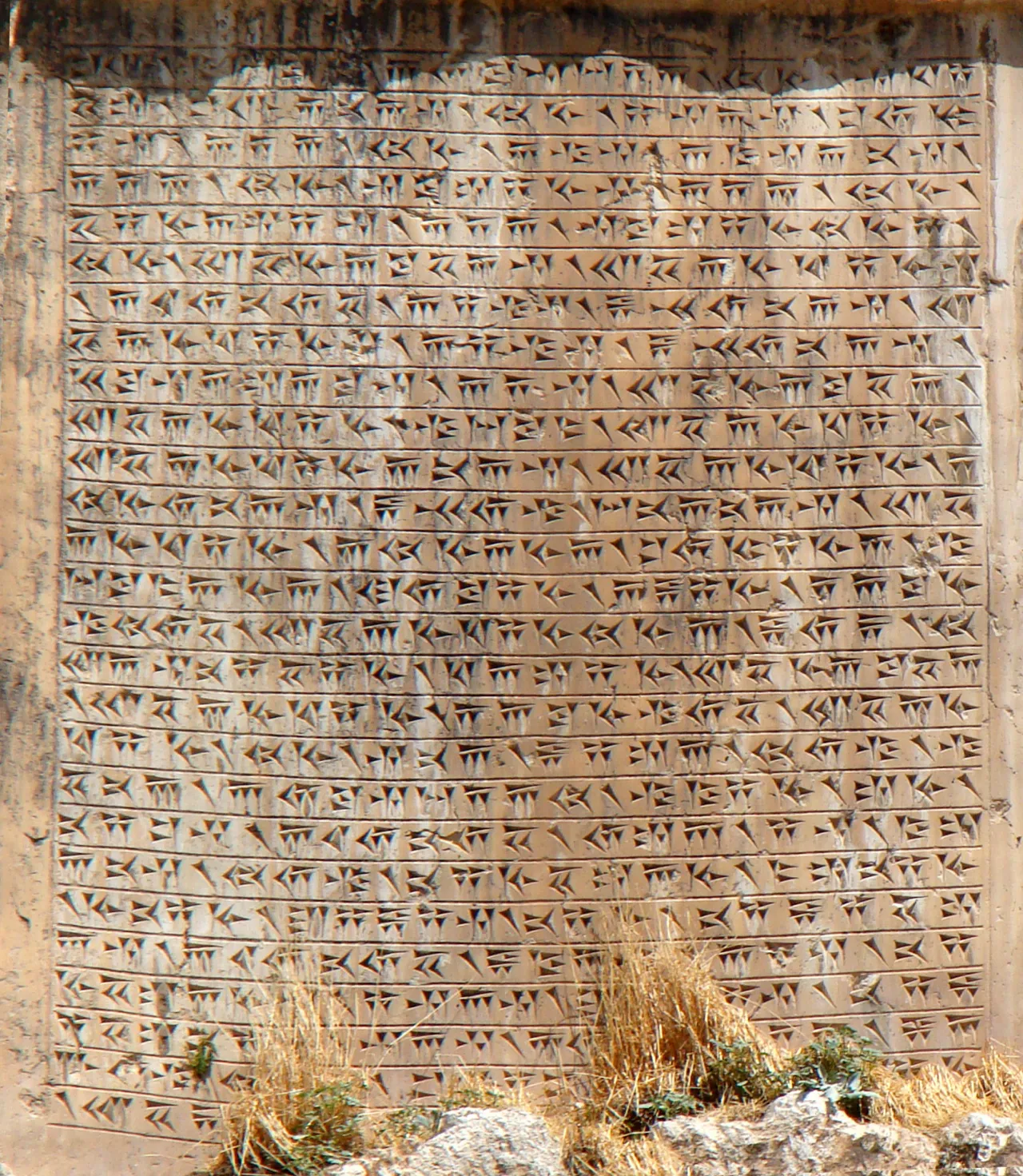
The Deeper Message
On the surface, the inscription could seem like a simple declaration of Xerxes’ right to rule. However, it carries more weight than that. Elspeth Dusinberre points out that it goes beyond filling an empty space. Instead, it serves as a powerful declaration of Xerxes’ authority and the empire’s vast reach.
Dusinberre notes that this inscription was one of the few Old Persian texts found outside Iran. Its presence in Anatolia, written only in Old Persian, Elamite, and Babylonian, sends a clear message about Achaemenid supremacy. The lack of translation into the local language highlights the foreign nature of the new rulers. It also reinforces the idea that this region, previously contested by the likes of Urartu and Assyria, now fell firmly under Persian control.
Interestingly, the Old Persian section of the inscription is given more prominence than the other two languages. It occupies more space, with larger, more generously spaced characters. This subtle detail could be seen as a reflection of the Persian Empire’s superiority over the older Mesopotamian civilizations.
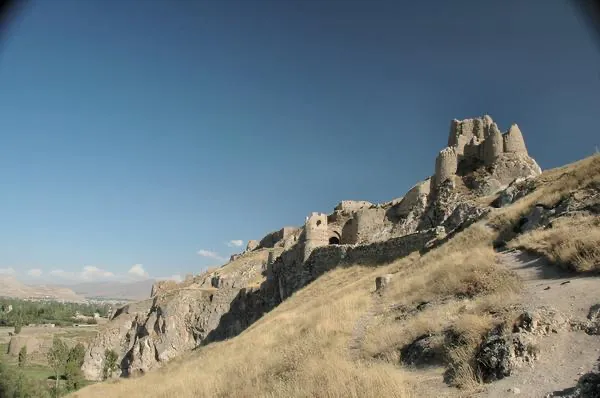
The Symbolism of the Inscription’s Location
The placement of the inscription high on the rock face, where it’s difficult to read from the ground, adds another layer of meaning. This positioning wasn’t accidental. According to Dusinberre, it could reflect the Achaemenid kings’ view of themselves as towering figures, unreachable by ordinary people. The visual impact of the inscription, combined with its content, sends a clear message: Xerxes was not just a ruler of men, but a king appointed by the gods.
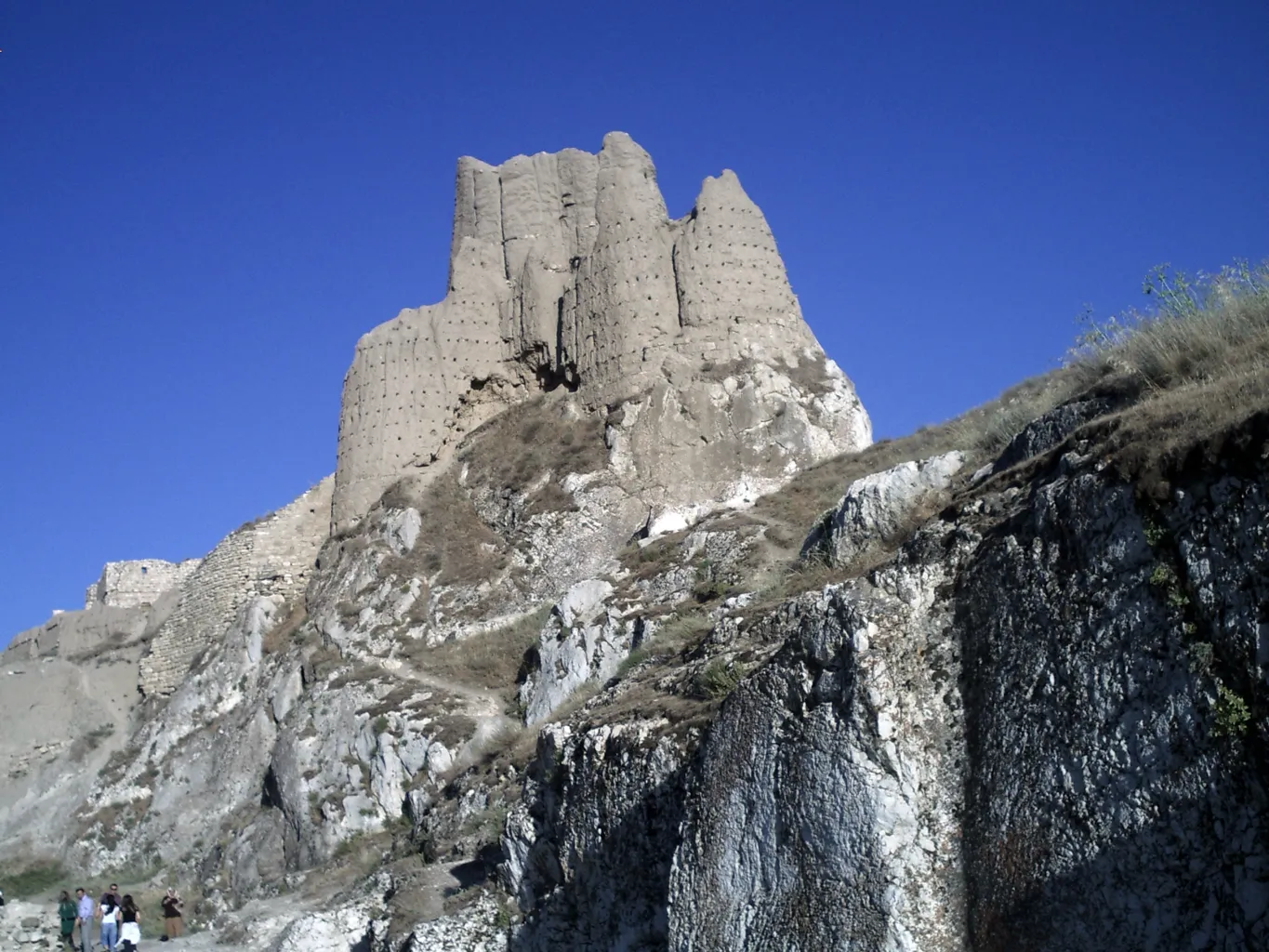
Conclusion
The Xerxes I inscription at Van is far more than an ancient piece of writing on a cliffside. It is a carefully crafted statement of imperial power, religious legitimacy, and dynastic continuity. By inscribing his proclamation in three major languages of the empire and situating it in a historically significant location, Xerxes asserted his place as a rightful ruler in a long line of kings. His message, though carved in stone centuries ago, still speaks to us today about the complexities of power, authority, and legacy.
Sources:

